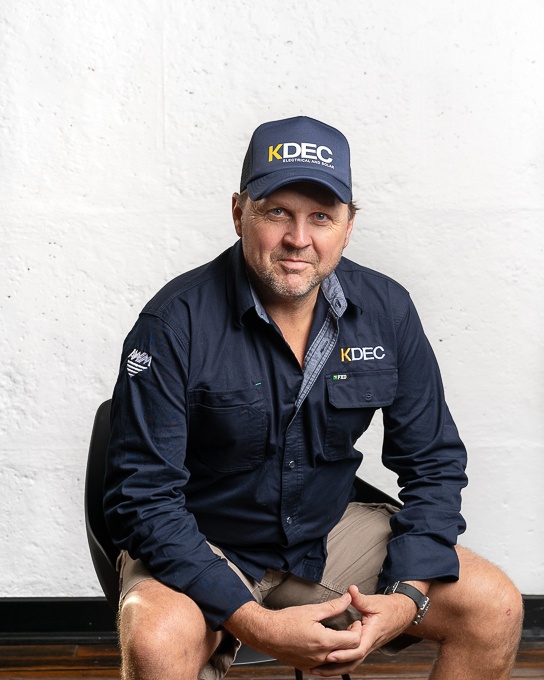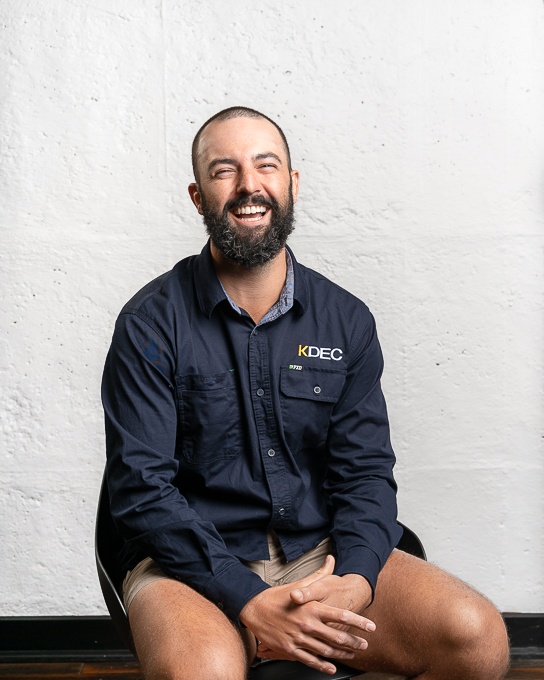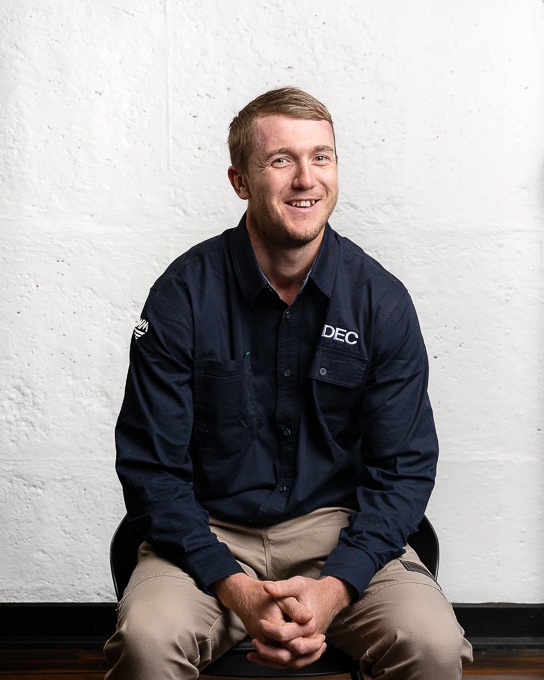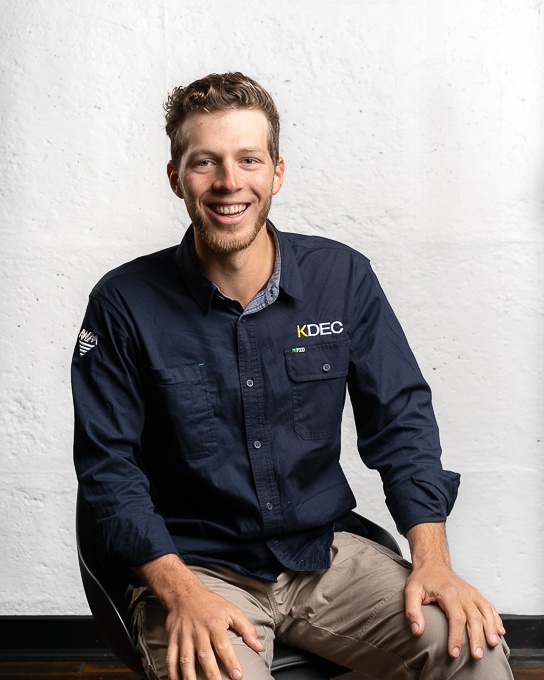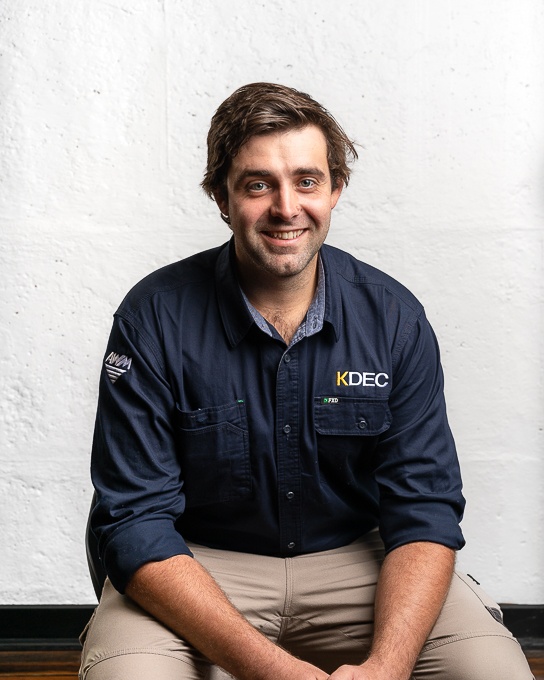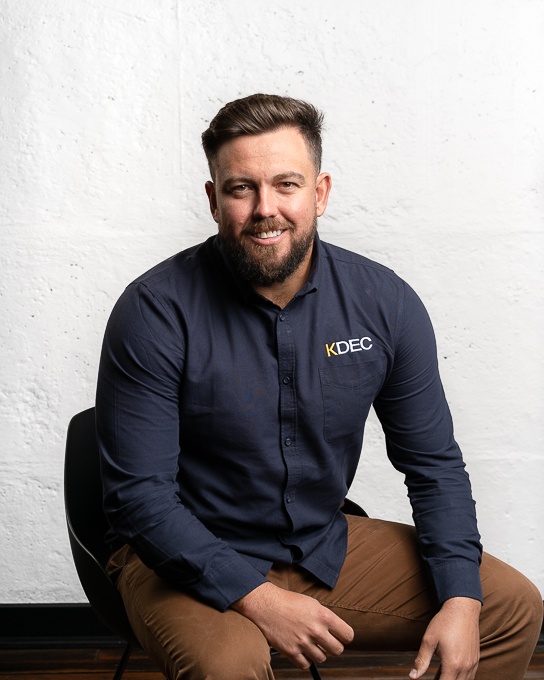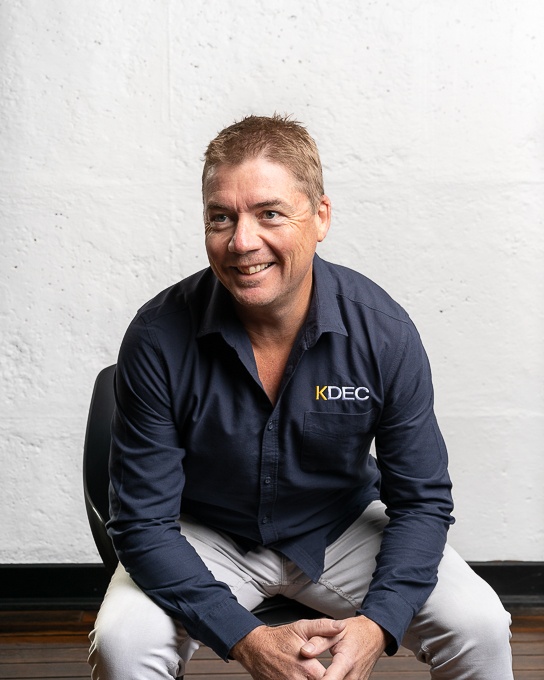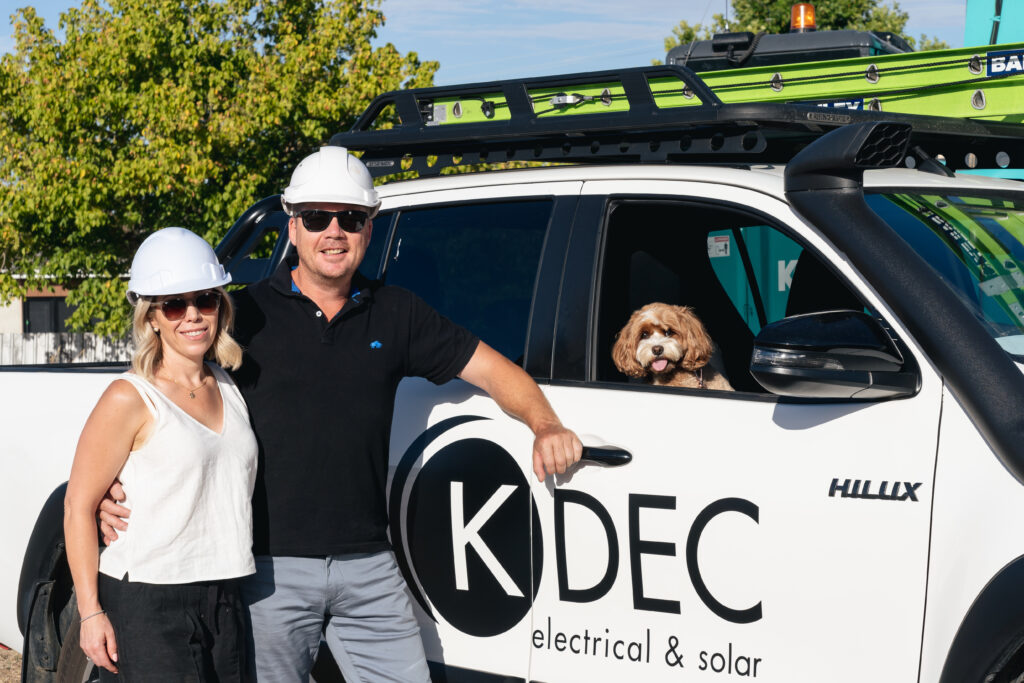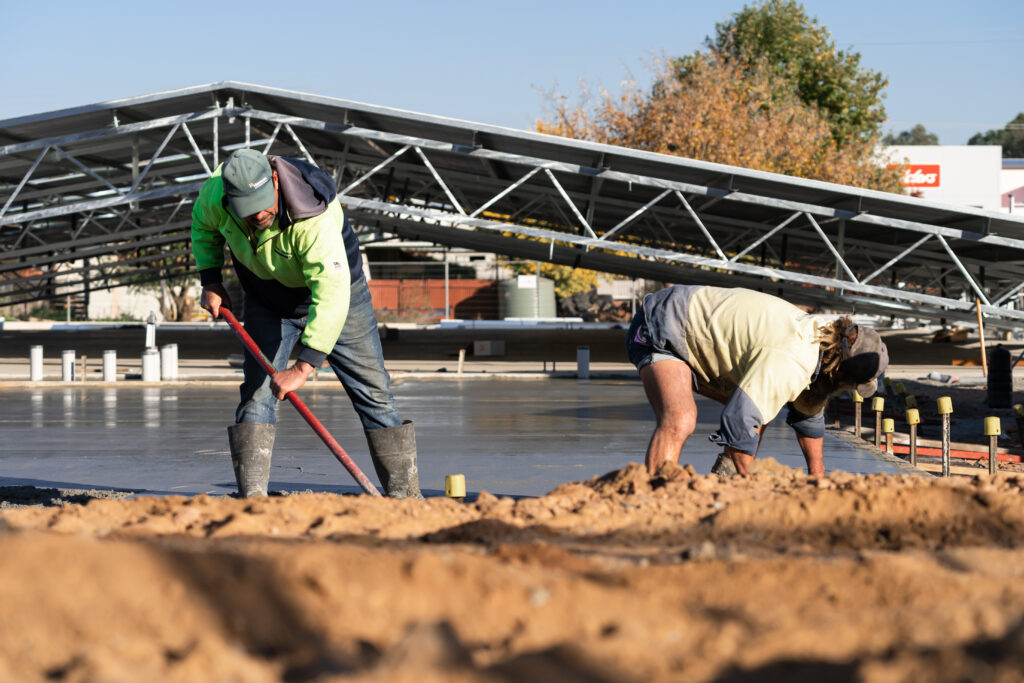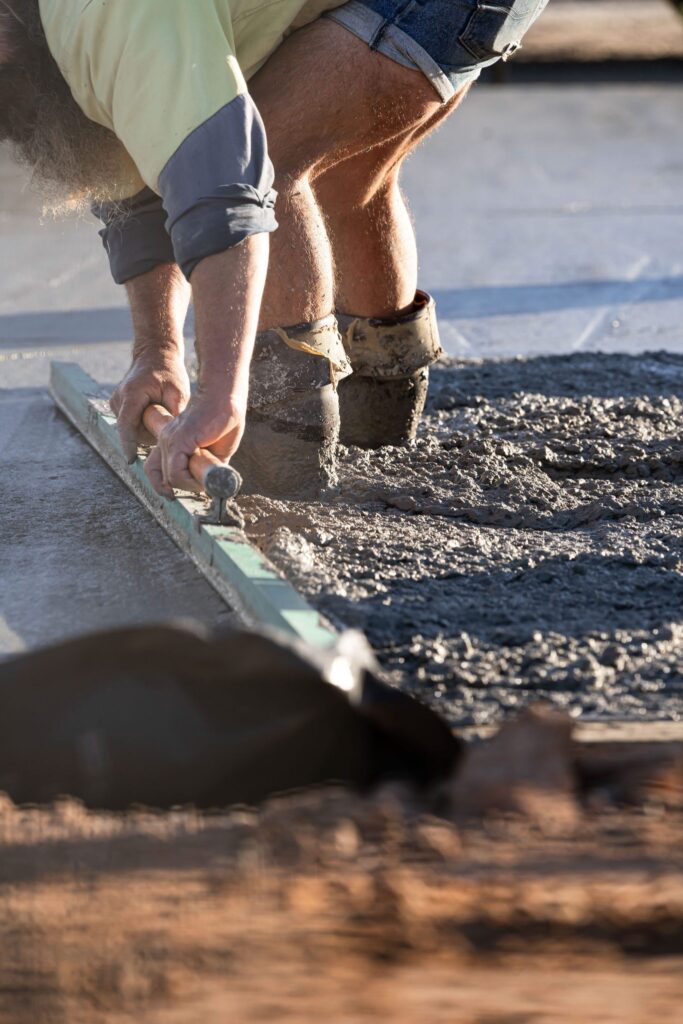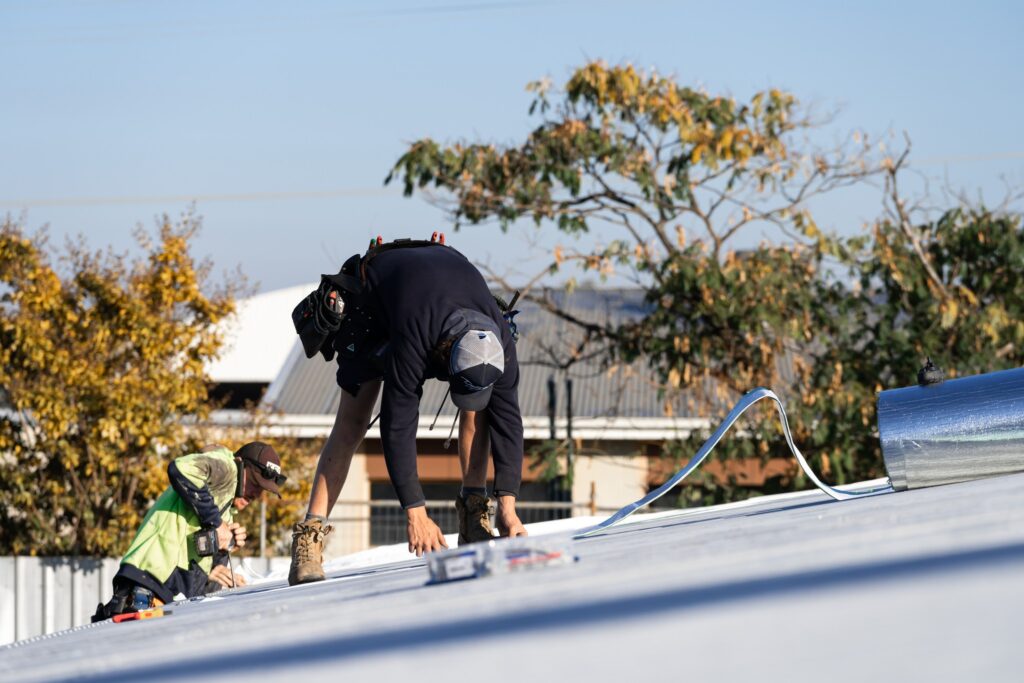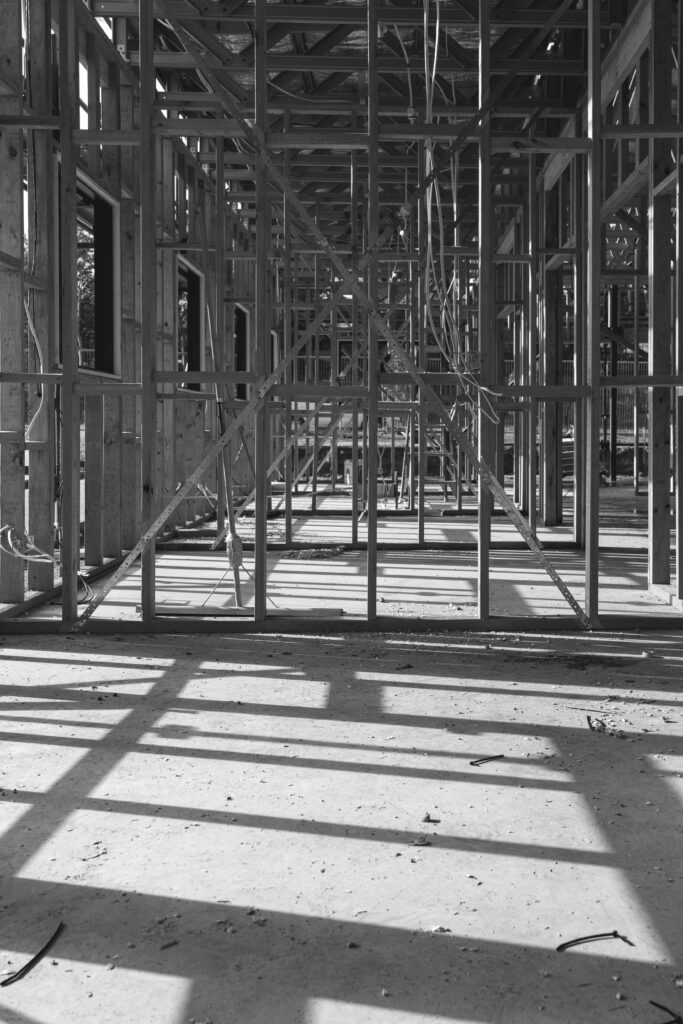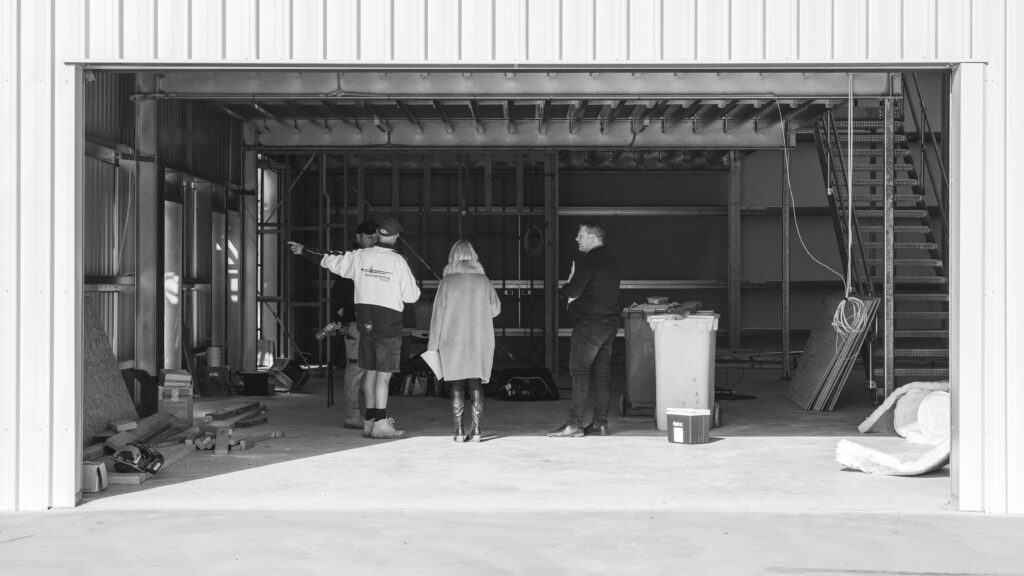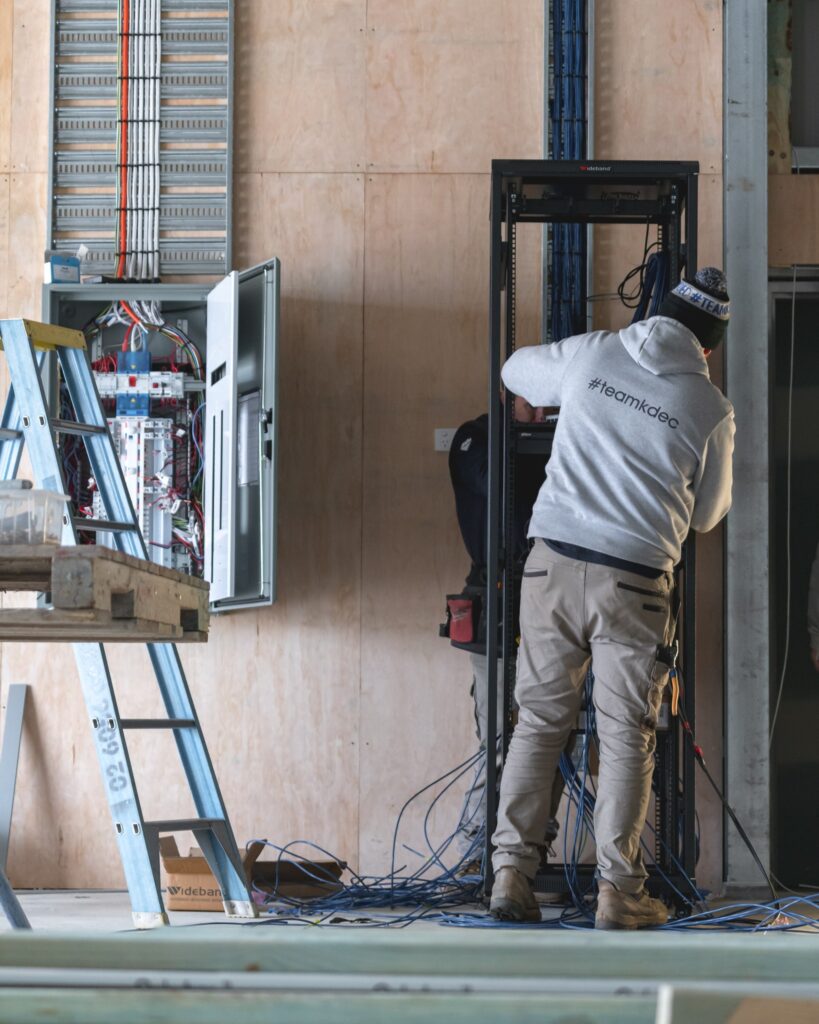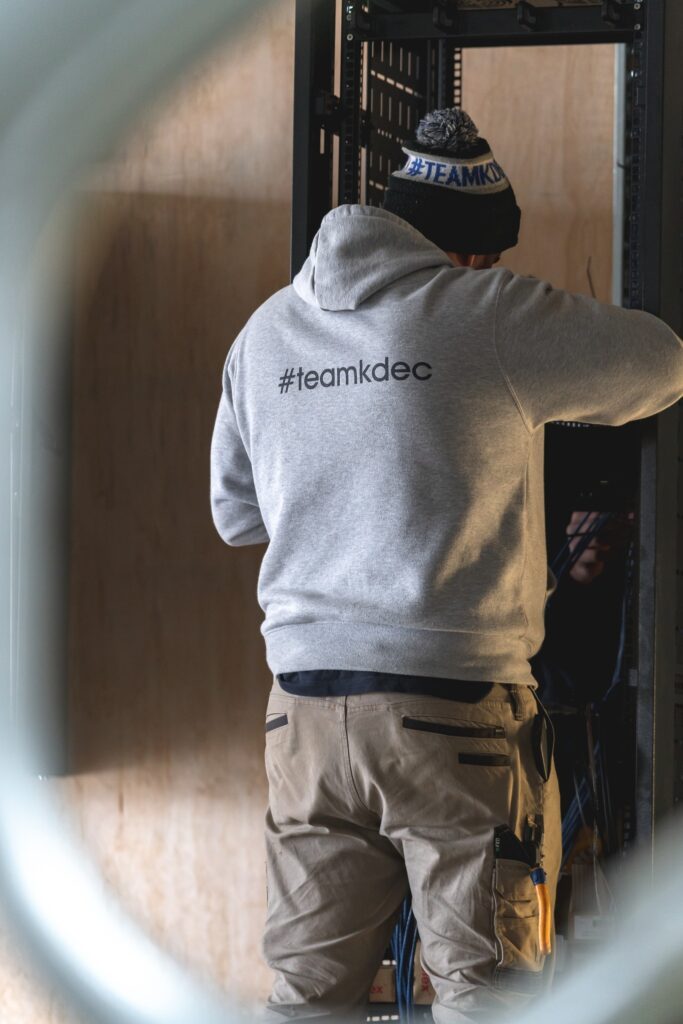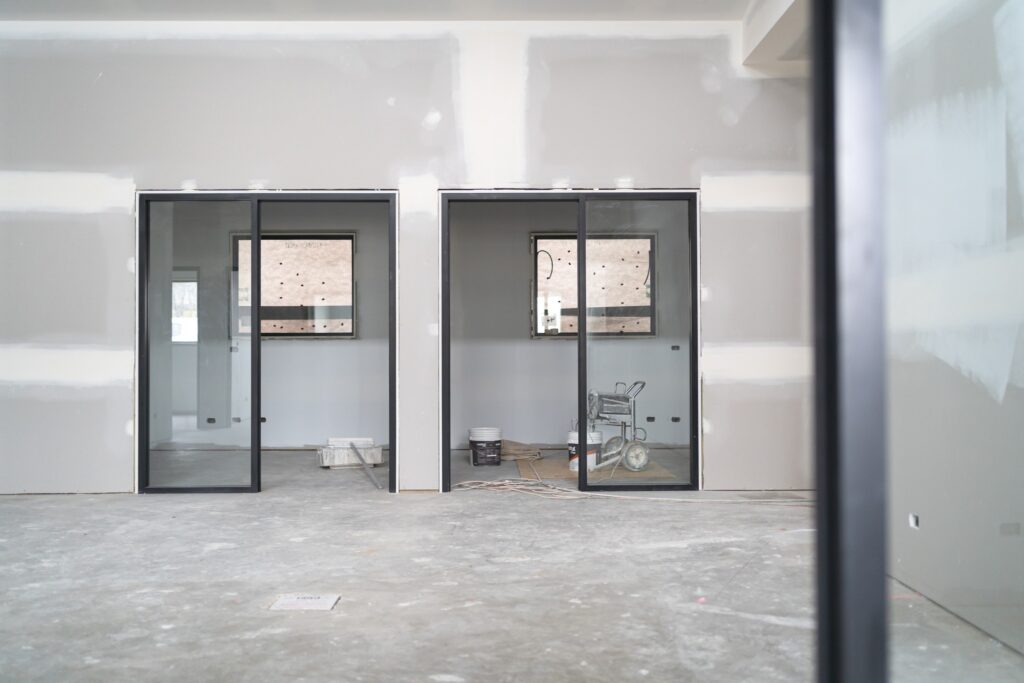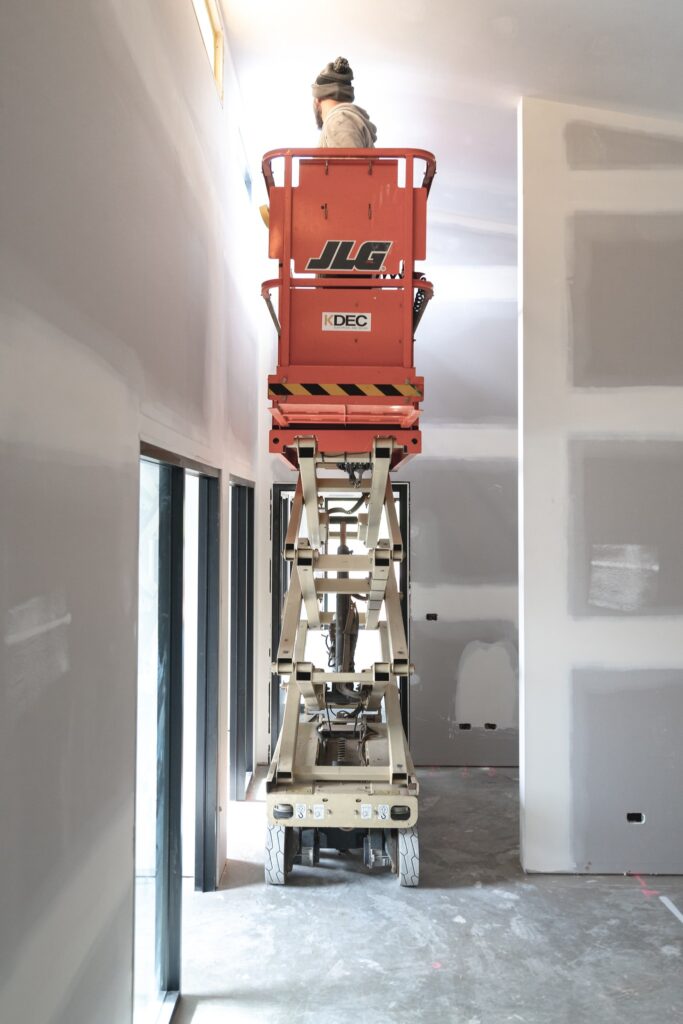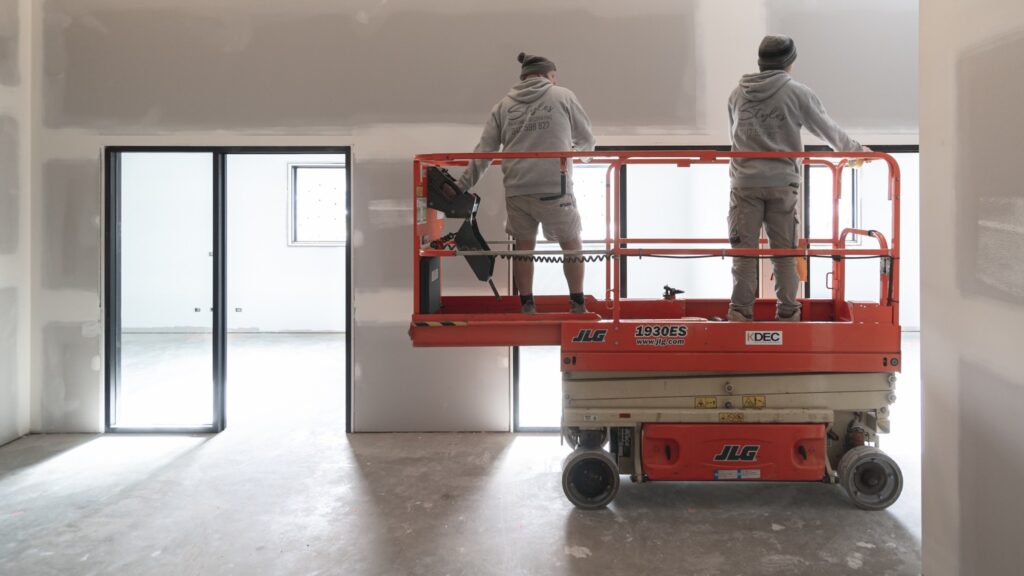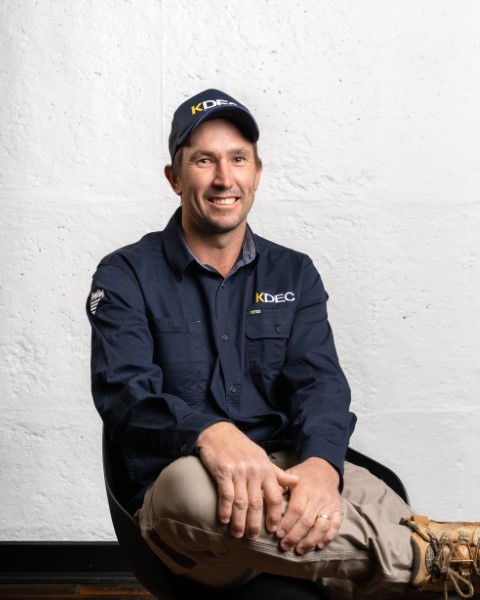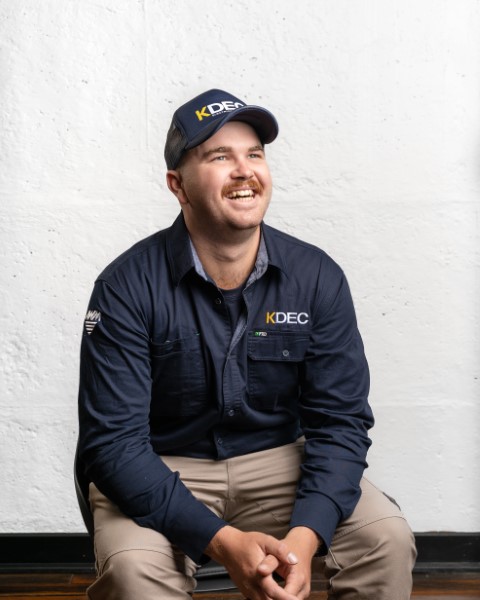17 October 2023
Electric Vehicles at Home
As Australian households are adopting EV’s at an increasingly accelerated rate with nearly 1 in 10 new car sales in Australia being BEV (battery electric vehicle) sales, new owners are faced with the question;
“How are you going to charge the car?”
Whilst most people will automatically jump to the thought of queuing up at the ever-growing amount of public DC fast chargers periodically, did you know that for most owners, up to 90% of your charging would be done at home?
Granted, the fastest DC fast chargers can throw the juice into your vehicle at speeds up to 350kW (if your car can take it!) with 350km of range added in 15 minutes, but keep in mind that public charging does cost more for the convenience (up to 80c/kWh), as well as most public chargers being able to hit that charge rate with the average public station ranging from 50kW-200kW.
It is also argued by many vehicle manufacturers that using fast chargers on your car on a regular basis can adversely affect the long-life health of your battery pack, leading to premature degradation and range.
The easiest way to keep your car full of the good stuff is to simply plug in your car at home when you aren’t driving it. This means that the car can charge whilst you aren’t even thinking about it! In this situation, the car can utilise the onboard BMS (battery management system) to regulate the charge rate to optimise the best solution for your battery.
Yes, you can plug your car into a standard power point however this can be painstakingly slow, with a charge rate of 12km/h from a 10A outlet. Whilst you can have an electrician install a 15A outlet to plug into (22km/h), the best solution is to have a dedicated hardwired EV charger installed where the car is parked. A single phase property can have up to a 7kW EV charger installed whereas a three phase property can have up to a 22kW EV charger installed.
Keep in mind that most cars can only handle up to 11kW on a three phase AC charger but this is fast changing with newer models of cars upgrading this capacity.
With a charge rate of between 45 – 75km/h between these two chargers, this may seem slow but remember most Australians commute between 30 – 40km a day and will plug their vehicle in at home every day.
“But what is it going to cost me to charge the car at home?”
For example, we will use a Tesla Model 3 SR for consumption figures. If the commuter were to utilise the car for the 40km a day, we can assume that the average power consumption is expected to be 6kWh a day which can be added to the electricity bill if charging at home.
This is calculated using the standard 15kWh/100km data, remember that around town this car will be much more efficient!
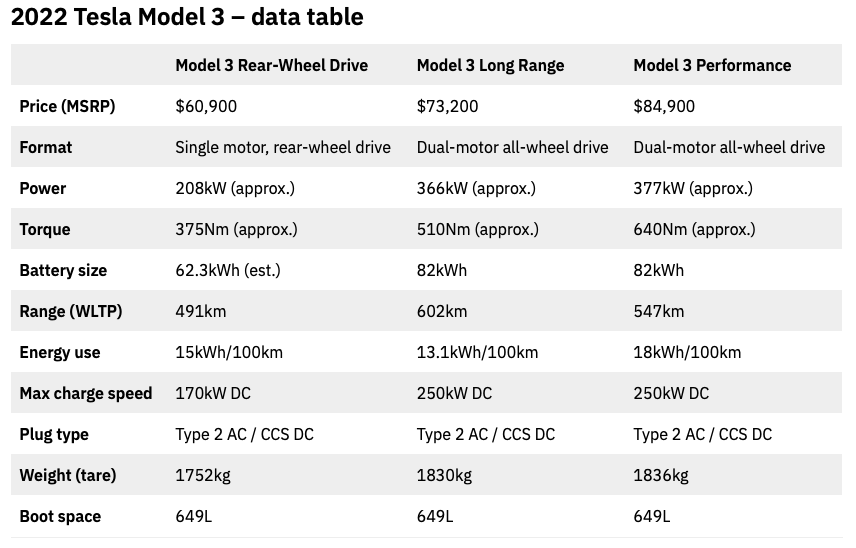
Assuming that this Australian is charging this with night time energy, a flat rate of 40c/kWh on their billing would show an extra $2.40 for each day or $16.80 a week.
Yes, having a better electricity plan will offset this to some extent however leveraging your solar on the roof is the best way to offset the costs of this charging.
Most cars will allow you to set a time to charge for when the sun generally is out and about but this can be hit and miss at best.
The best solution is to install a smart charger that can integrate into your existing solar system to automatically optimise the best times to charge your car to fit into specialist EV electricity plans, or even better yet, divert otherwise surplus energy into your car that would be sent to the grid at a much lesser amount.
This is where the Fronius WattPilot comes in! The WattPilot is capable of being retrofitted to any existing household with a Fronius solar system to integrate into the same monitoring portal.
This allows the charger to talk to your solar system to see what the house, solar and potential battery or hot water system is doing.
With this added functionality, the charger can be set to utilise surplus energy only which in turns minimises running costs to nearly nothing.

With the ability to have the Fronius Wattpilot leverage both three phase and single phase charging, fast charging can be achieved when the sun decides to pop out from behind the clouds on those “less than desirable” days and then can be stepped down from three phase to single phase to help finely control the surplus power available to the EV charger.
Fronius have not only the EV charger game at home covered, but also the EV charger at the workplace. Smart fob access, OCPP integration, timer based charging and dynamic load balancing are only some of the benefits of the WattPilot in the commercial sector. Have three WattPilot EV chargers and limited by power supply, no problem!
At KDEC, we truly believe in what we do, Because Tomorrow Matters. Watch this space as #TeamKDEC have a WattPilot installed at our office and electrifying our fleet.
Check in on us in the future on our blog as we will touch base on how our new EV is supercharged by our new Fronius WattPilot.
Better yet, come in and try it out for yourself, you might just decide to install one on your own home like I did.
Related News
15 Feb 22
Getting a Solar Battery Rebate–Save on Power Bills in Victoria!
In its ongoing effort to promote and support the widespread use of solar energy, Solar Victoria is awarding households in the state with a point-of-sale discount of up to $3,500.00 to install a solar battery.
25 Aug 21
7 Reasons Why You Should Use Solar Power
The use of solar power has become the leading solution for individuals who are looking to improve their home’s energy consumption and reduce their carbon footprint.
1 Jun 22
Solar Rebates in NSW and VIC
As a provider and installer of approved solar energy systems, batteries, inverters, and other related components, KDEC can help you take advantage of rebate programs.

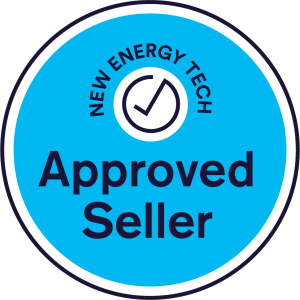




Licence Number: NSW 363462C | Vic 29085
© Copyright 2021 by KDEC Electrical. All rights reserved.
Website by Digital Marketer Bee.




